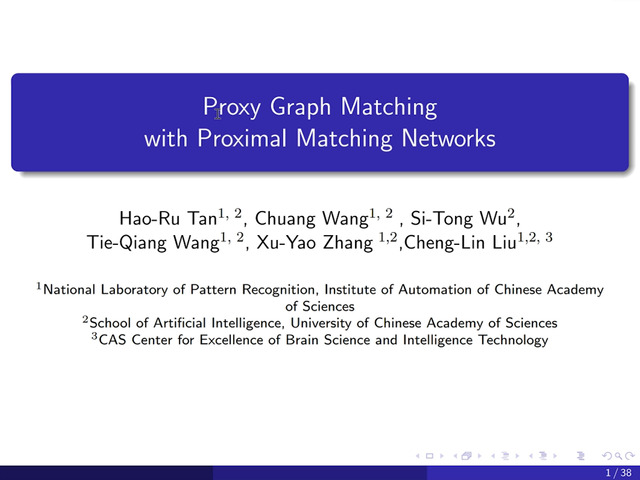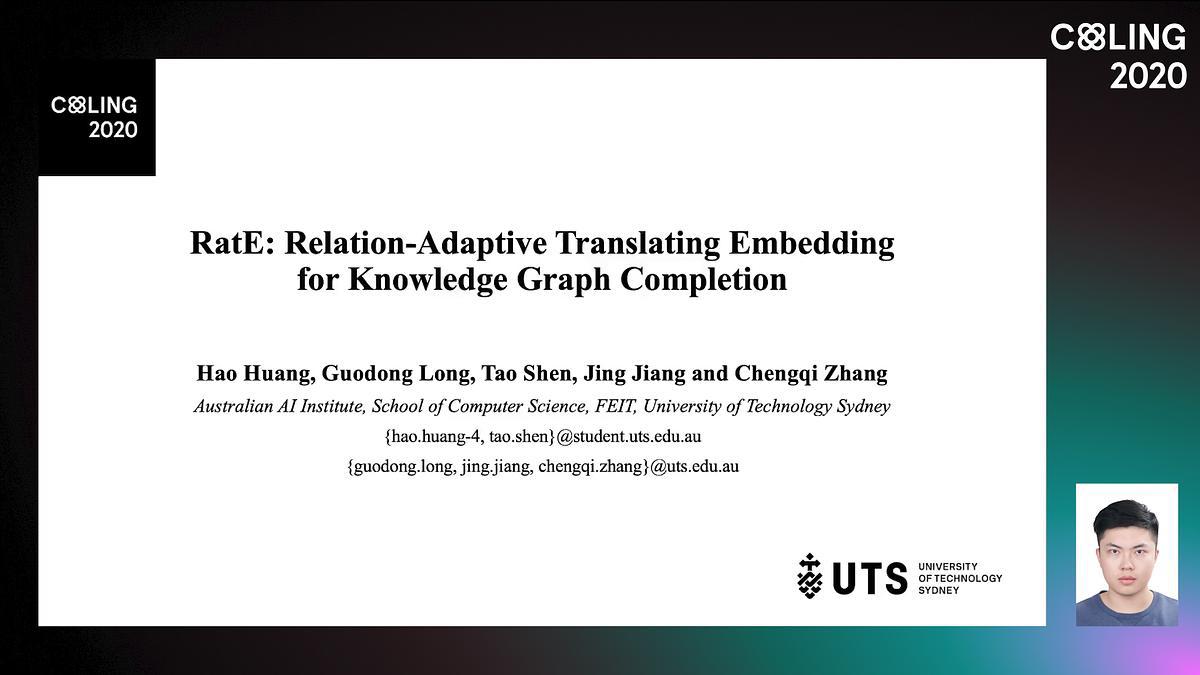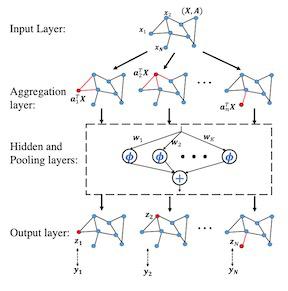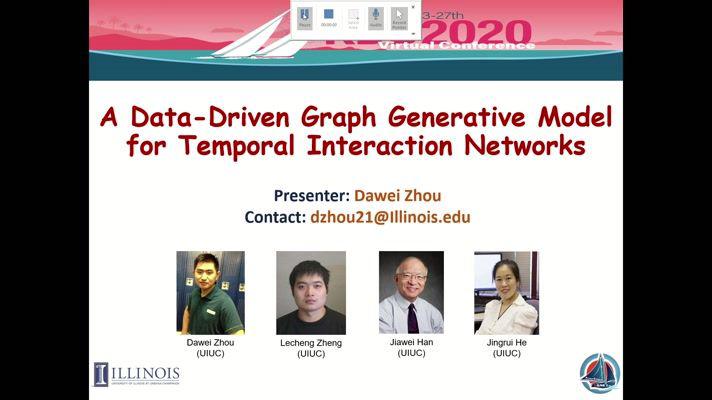Abstract:
Estimating feature point correspondence is a common technique in computer vision. A line of recent data-driven approaches utilizing the graph neural networks improved the matching accuracy by a large margin. However, these learning-based methods require a lot of labeled training data, which are expensive to collect. Moreover, we find most methods are sensitive to global transforms, for example, a random rotation. On the contrary, classical geometric approaches are immune to rotational transformation though their performance is generally inferior. To tackle these issues, we propose a new learning-based matching framework, which is designed to be rotationally invariant. The model only takes geometric information as input. It consists of three parts: a graph neural network to generate a high-level local feature, an attention-based module to normalize the rotational transform, and a global feature matching module based on proximal optimization. To justify our approach, we provide a convergence guarantee for the proximal method for graph matching. The overall performance is validated by numerical experiments. In particular, our approach is trained on the synthetic random graphs and then applied to several real-world datasets. The experimental results demonstrate that our method is robust to rotational transform and highlights its strong performance of matching accuracy.










































